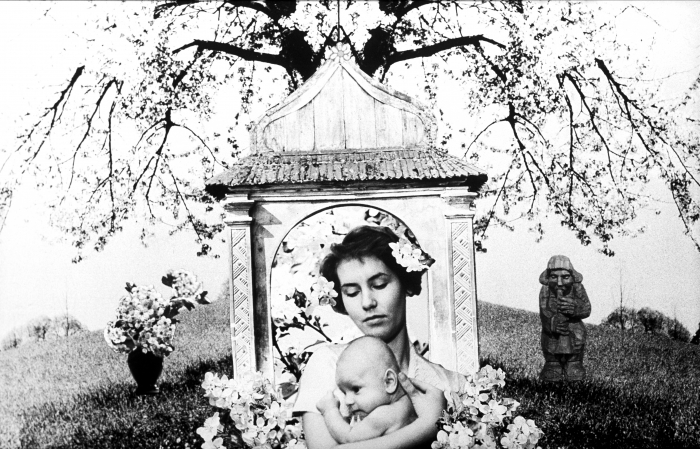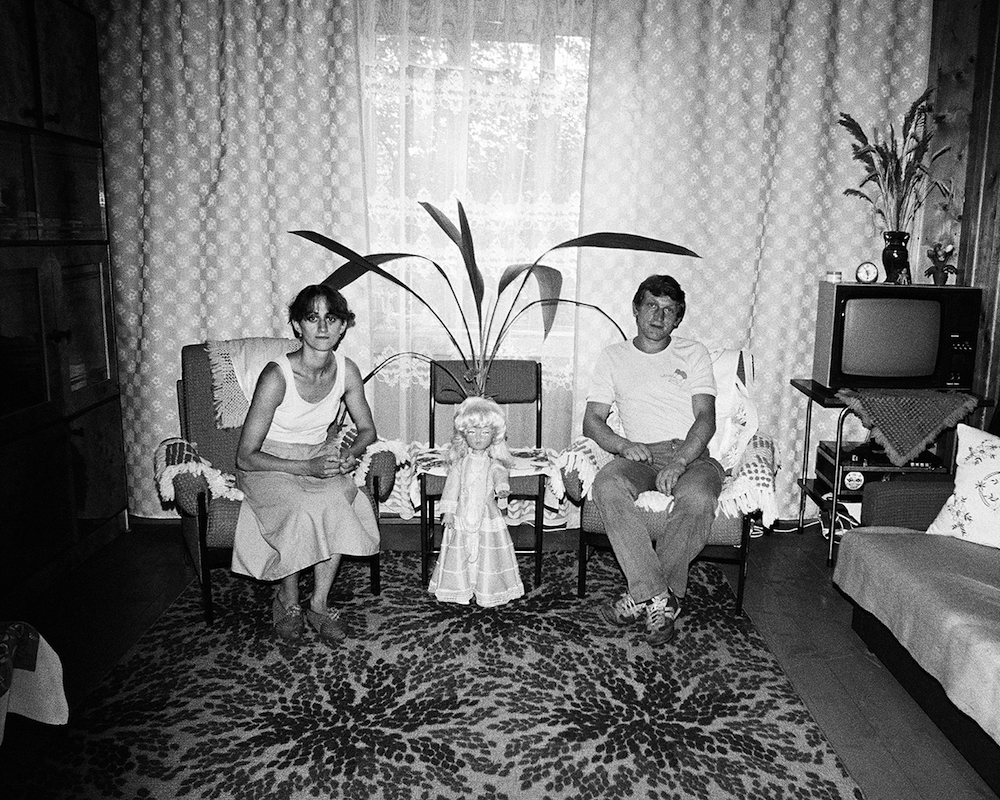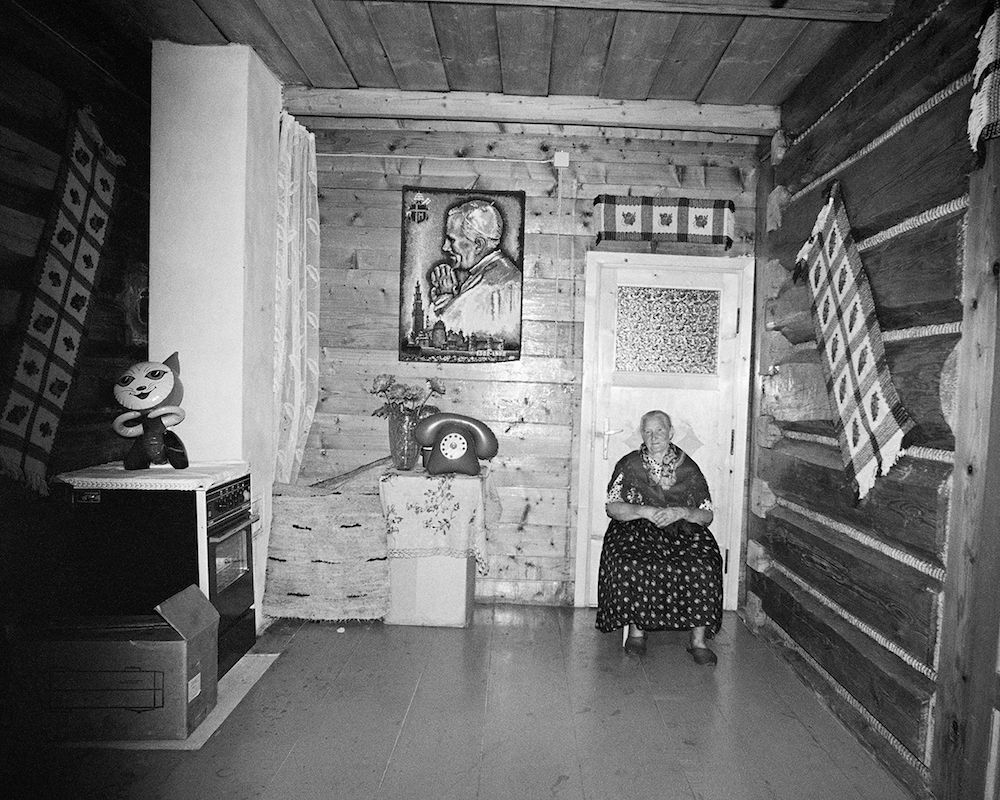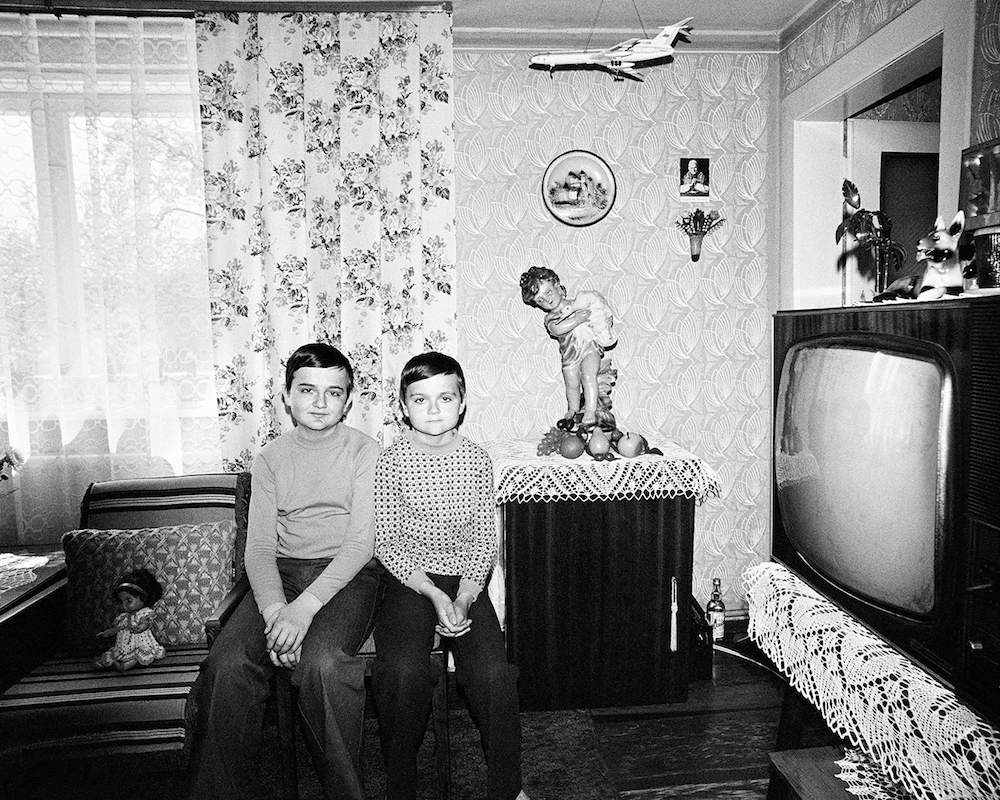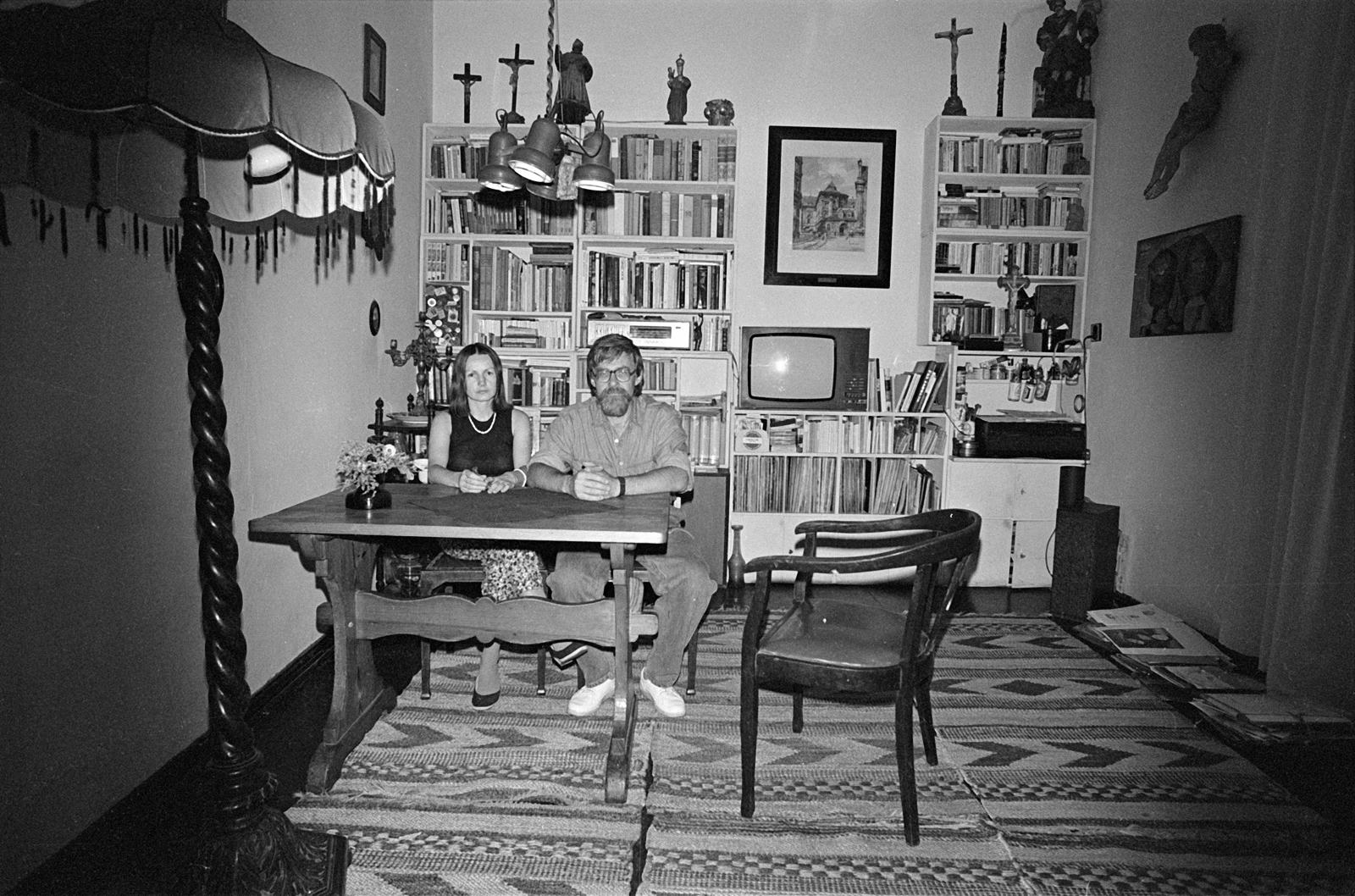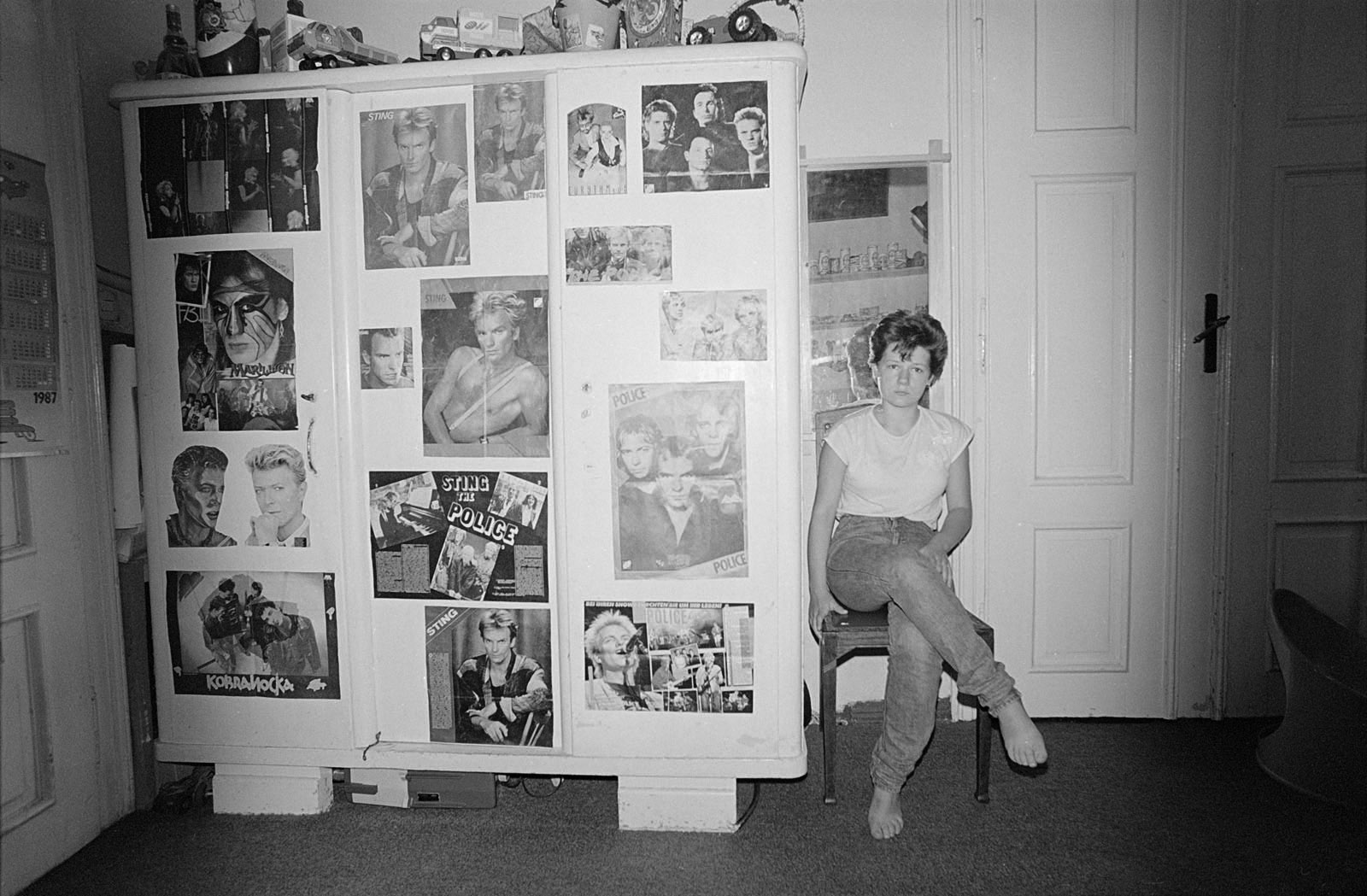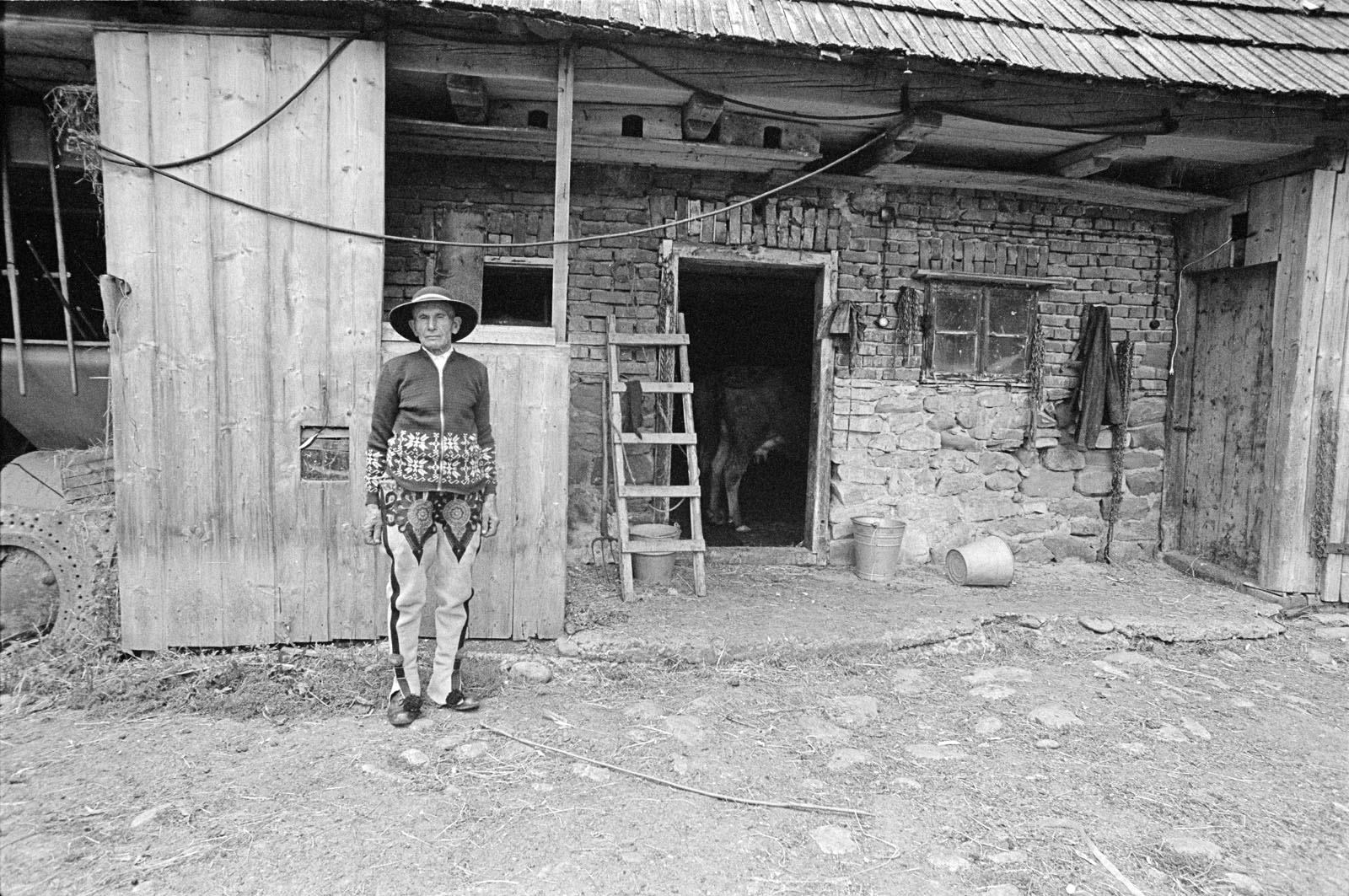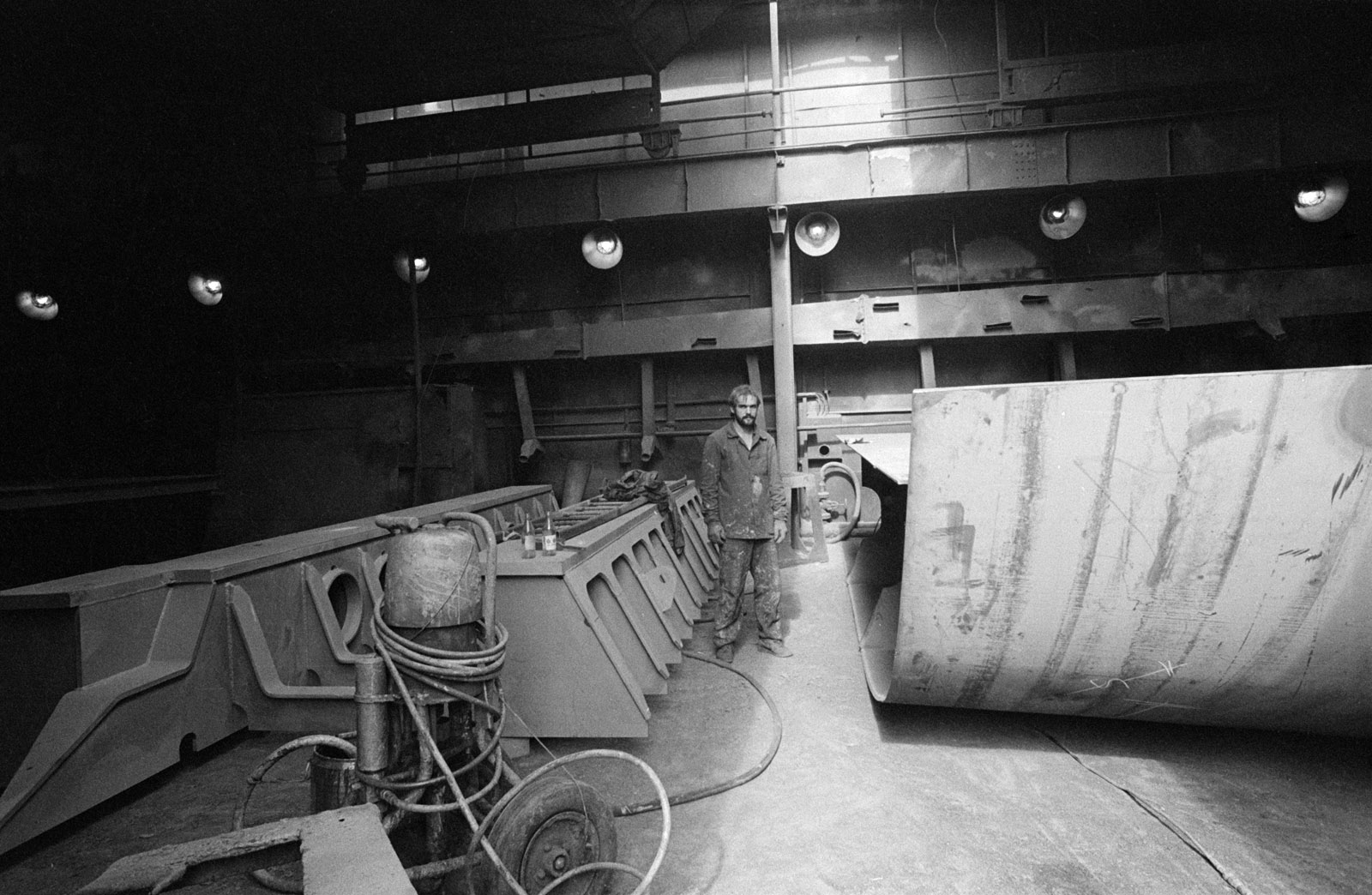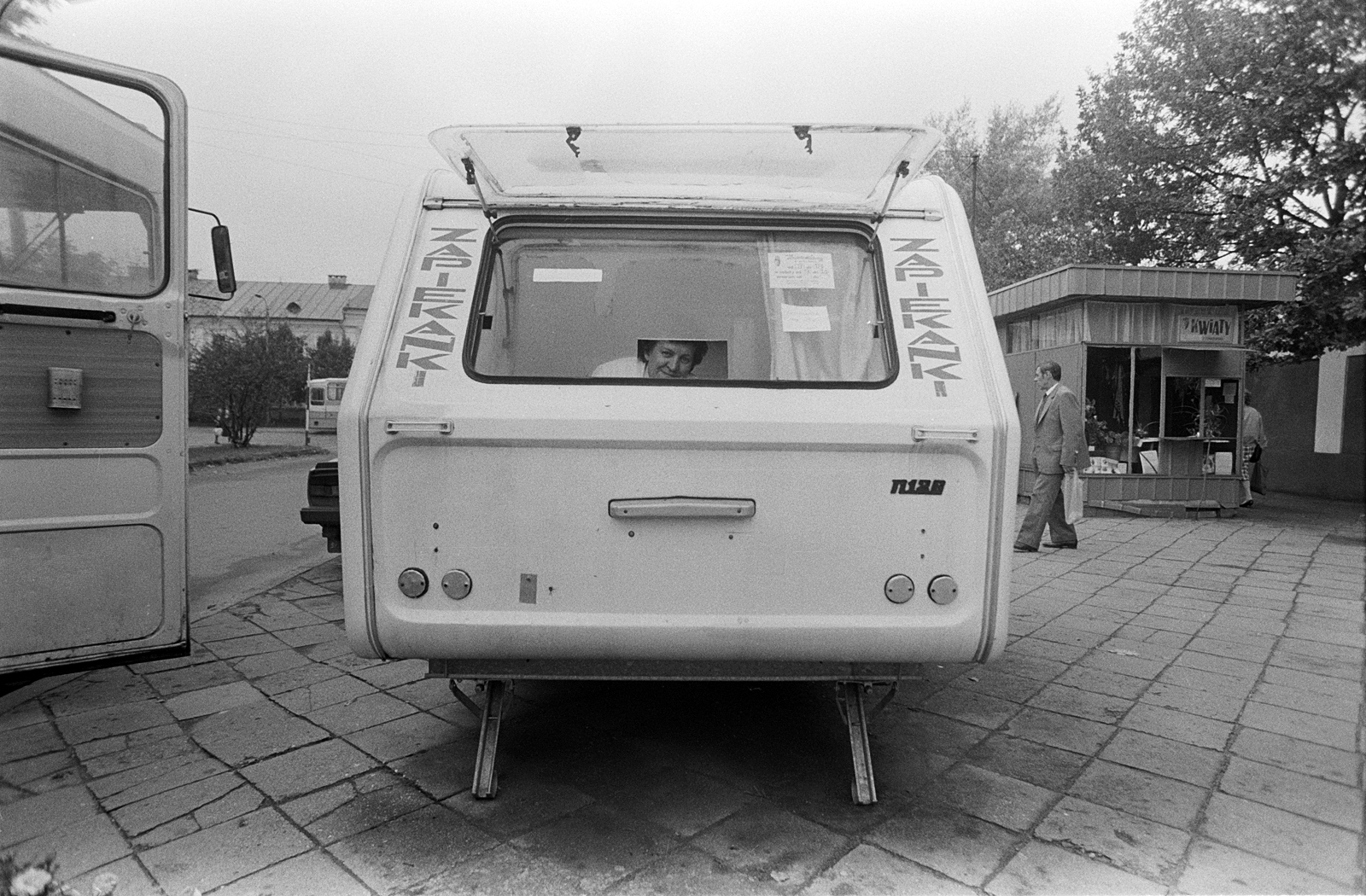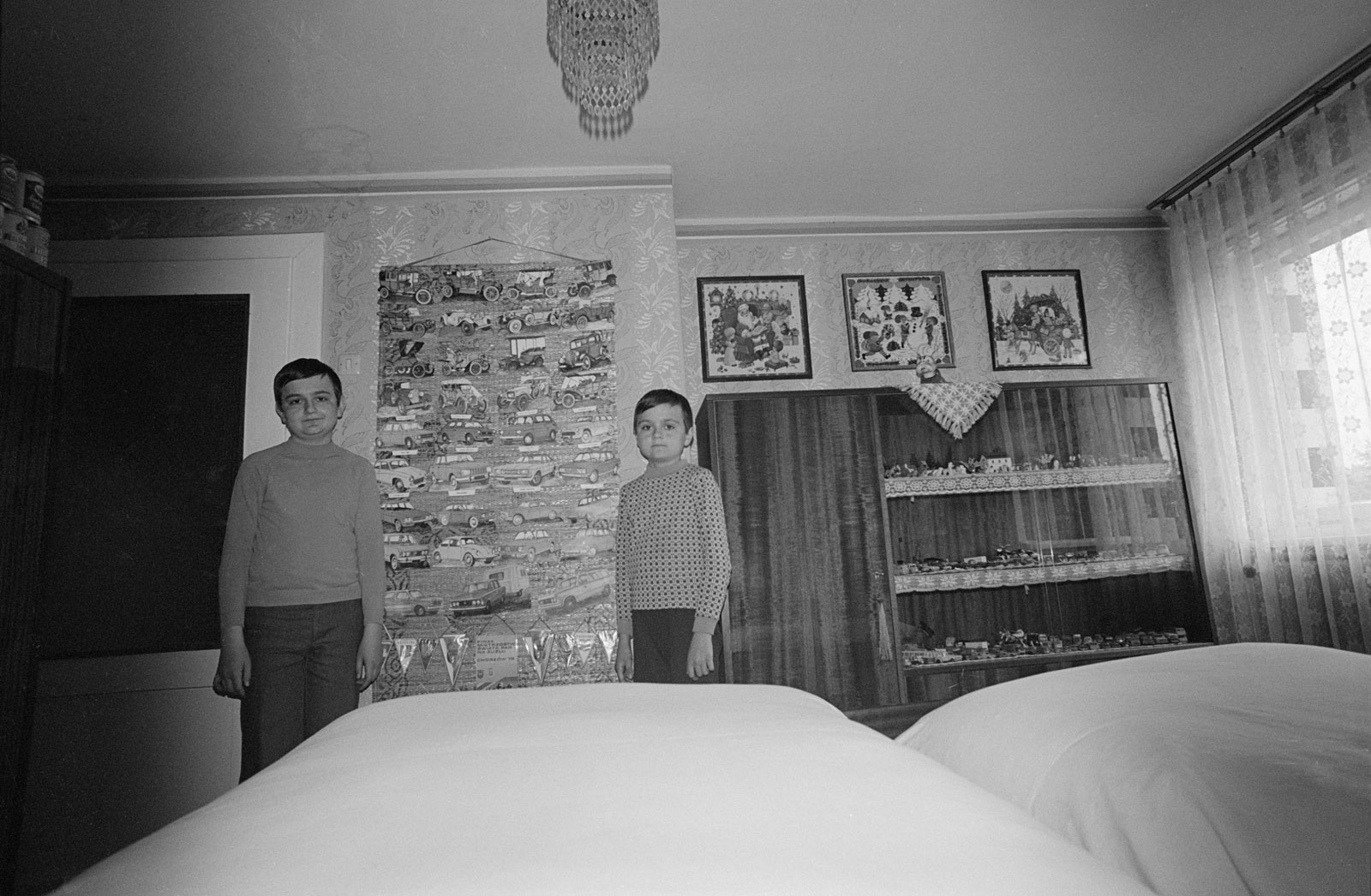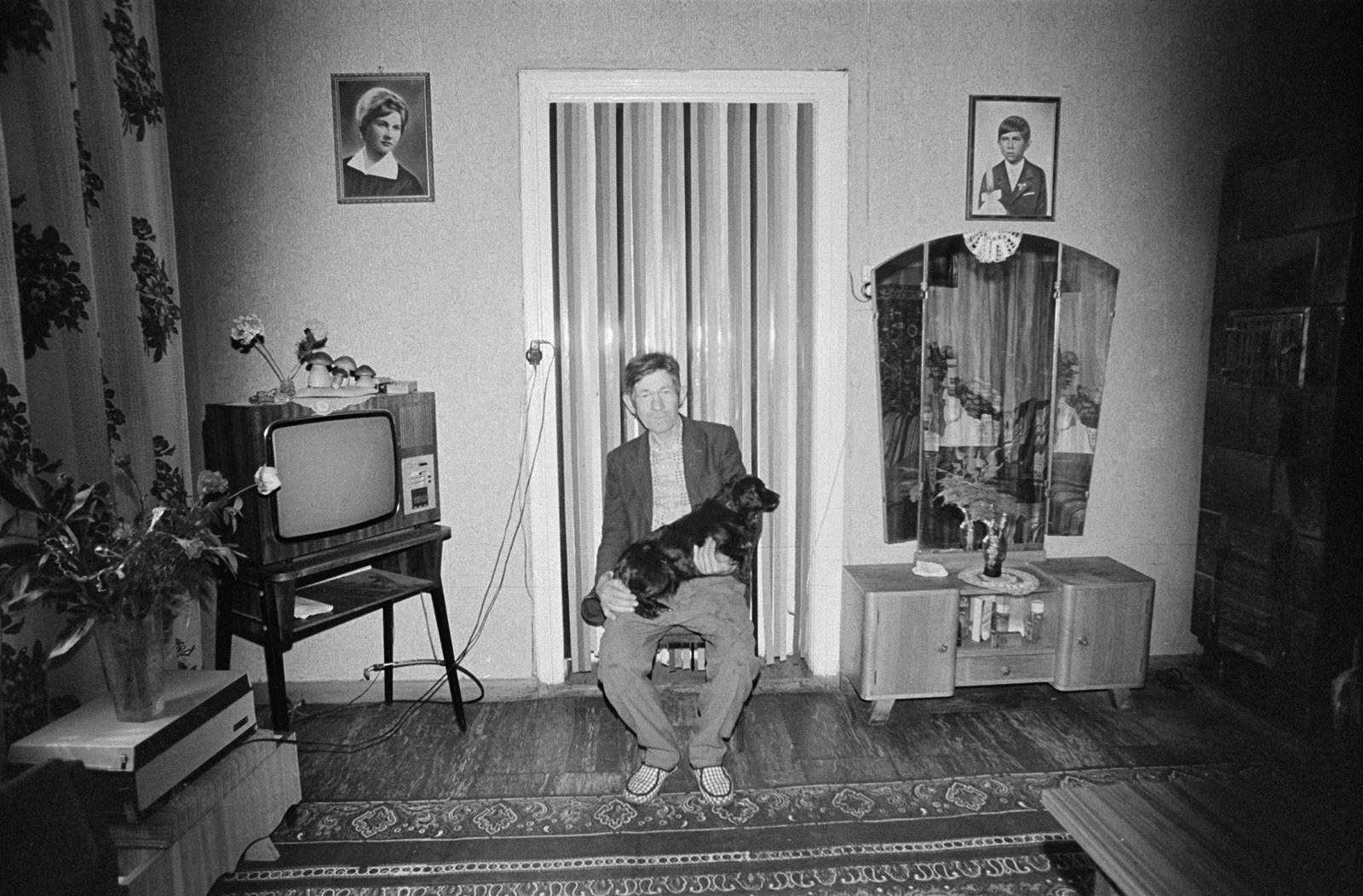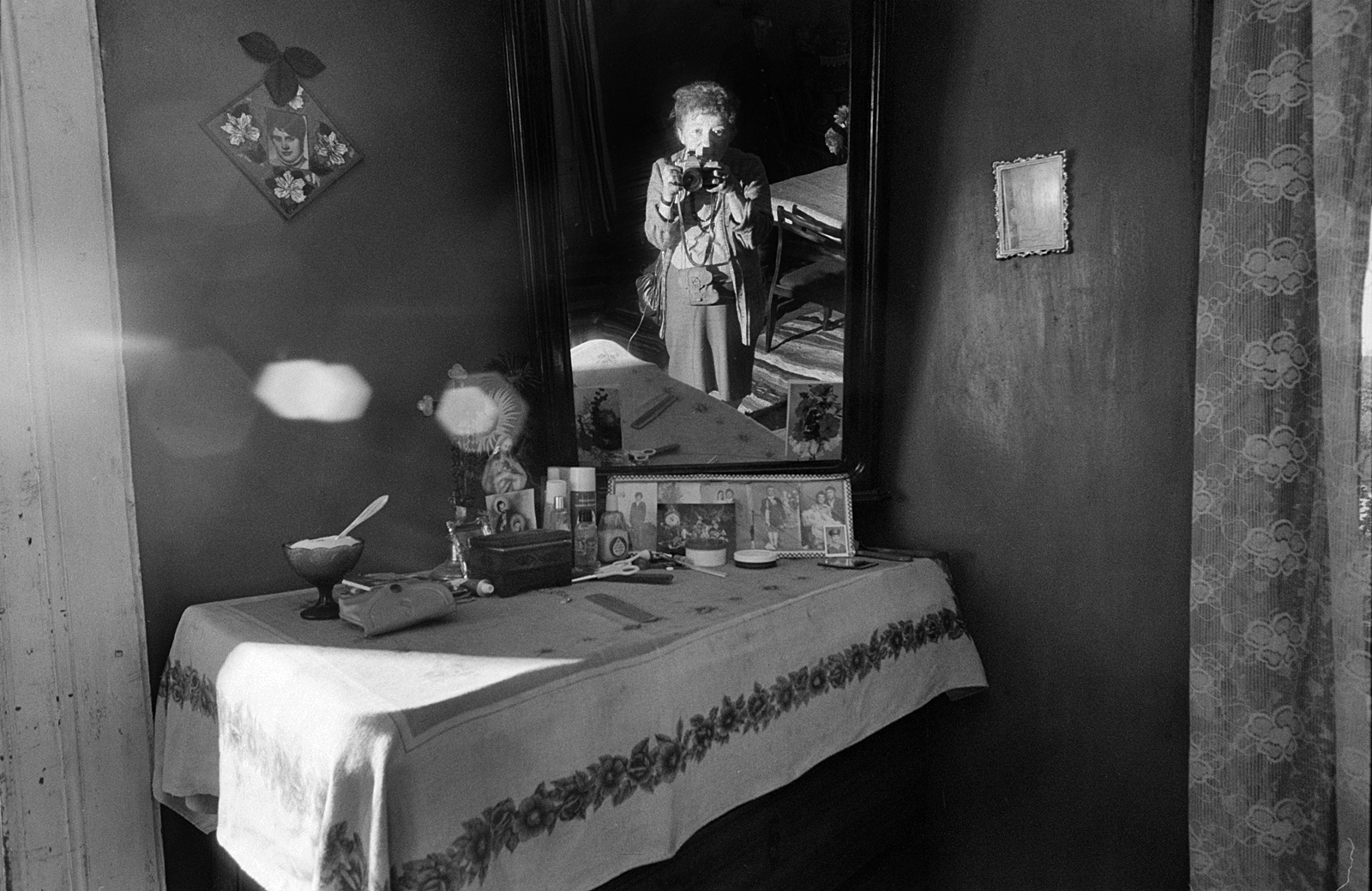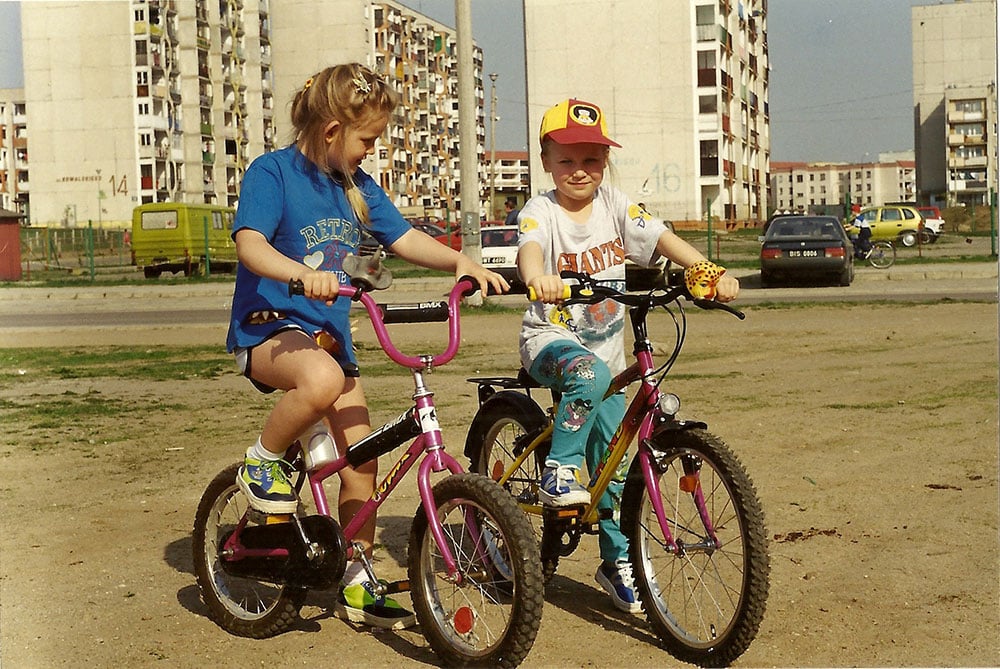Zofia Rydet: how one photographer produced an invaluable record of communist Poland
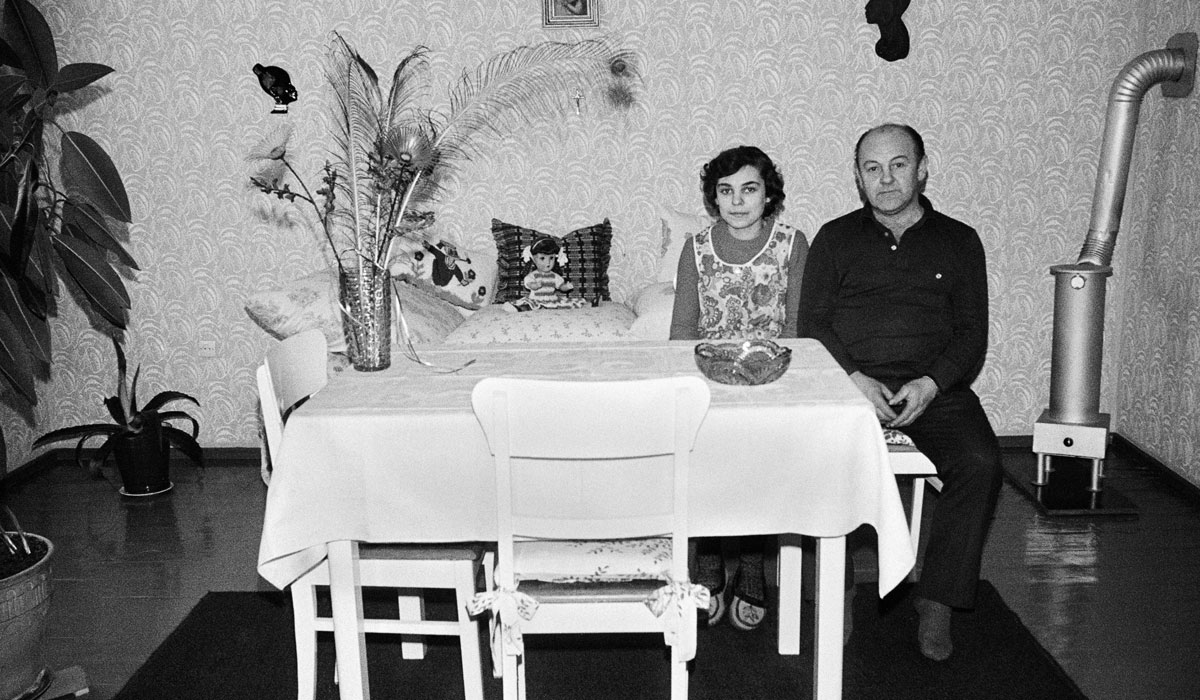
At the age of 67, Polish photographer Zofia Rydet made it her mission to capture every household in her homeland. A unique reportage of 30,000 photos, now you can her archive on display in the UK for the first time, as part of Family Values: Polish Photography Now at Calvert 22 Space
Zofia Rydet was no ordinary woman. A self-taught artist, she only started photographing when she was already well over 40. Often seen by her colleagues as a sentimental amateur, she never ceased to put man and his feelings in the centre of her works. In 1978, having already participated in more than 300 exhibitions, Rydet embarked on an arduous project to document every single house in Poland. Although she never finished, it was the Sociological Record that became her most treasured work and biggest obsession. Walking from door to door for over 20 years, she took more than 30,000 pictures, creating a project on a scale never seen before in Poland.
Resistant to the conceptual tendencies of her times, Rydet continued to pursue her vision of humanist photography throughout her career. In 1959, she went to see The Family of Man in Warsaw, an exhibition curated by Edward Steichen. This visual essay on the ultimate human experiences such as birth, love and death left a great impact on Rydet. She felt that photography was a crucial medium in which to tell stories about man. She perceived it as a mission. With such strong feelings, she began her first big project, Little Man. Between 1952 and 1963, Rydet traveled around Poland, Albania, Bulgaria, Yugoslavia and Egypt documenting children in harsh post-war situations. Guided by the words of Janusz Korczak, a Polish doctor and children’s author, who once said that the same things go on in the world of children as in the dirty world of adults, Rydet’s work was far removed from an idyllic image of childhood. She didn’t perceive the series as a documentary or reportage; more than that, it was supposed to tell a general truth about a man. The audience was expected to notice and understand the problem rather than simply view the images. To achieve this, Rydet juxtaposed the photographs with fragments from Korczak’s writings. Similarly, four years later she combined images from the series Time Passing to speak about the loneliness and fear of old age.
Looking for new forms of expression, Rydet began doing photomontage in the 70s. The World of Feelings and Imagination, a set of disturbing and surreal collages, showed a world full of terror and conflict. In fact, Rydet again spoke about man and how he is threatened from the very moment of his birth. “This series is about man’s feelings and desires, loneliness and fear to which love is the only remedy, and about the tragedy of evanescence,” she explained.
Rydet’s opus magnum, Sociological Record, took root from her visit to a car factory in Jelcz, Poland. Having seen hundreds of workspaces, each arranged in a different way, she became interested in the relationship between man and his objects. Erotic posters, football players, film stars and holy images all hung together were saying more about their owner than he actually wanted to reveal himself. Rydet wanted to investigate how such things as aesthetics or views on religion and politics could be translated into personal space. She began to work on the project in 1978 when she was already 67. It started in Podhale, but Rydet eventually visited over 100 villages and cities, not only in Poland, but also in France, the US and Lithuania. Sociological Record was categorised by themes into particular series. So, for example, “The Presence” speaks about the mass cult of Pope John Paul II, whereas “The Myth of Photography” is focussed on the significance of family photographs in personal space. But the core of Sociological Record was the portraits of people. Composition was very precise and consistent — images were shot with a wide-angle lens and a strong flash, with models looking straight into the camera and mostly not smiling. “People were aware of the importance of this moment, as if their souls were being immortalised,” said Rydet. “The photographer acted as a magician who had the ability to stop the passing of time, who could fight death.”
Rydet believed that she was the only one who could prolong the lives of these forgotten old people. In fact, many of them died within a few years of being photographed, leaving their houses empty. The Polish countryside was modernising at a rapid pace, and would continue to do so after the end of communism. Over the years, Sociological Record gained a powerful historical value, allowing a contemporary audience to witness the traditional Polish countryside before it completely disappeared. Rydet preferred visiting people in rural households to those in the cities, praising their wisdom and authenticity. However, it was not an easy task for Rydet to convince them to be portrayed. Her friend Anna Bohdziewicz used to say: “Rydet?! She was a terrorist! When people didn’t want to let her in, she used to tell them that she took these pictures for the Pope. It was the ultimate argument.” Another method to gain the trust after walking through the door was to choose an element of the interior that caught her attention and to comment on it. It could be an ordinary thing or a piece of utter kitsch, yet its owner gained the comforting feeling of having something unique and beautiful.
Over the years, Rydet’s archive grew to hundreds of thousands negatives, some of which have never been developed. She realised that a seemingly simple documentation was revealing a bigger truth about humanity and that it absorbed herself more than anything else before. “I breathe it in and I forget about everything else. It works like opium for me. I feel so rich being able to stop and save all parts of life that move me,” she described. Saving lives and objects from being forgotten, she began to feel the inevitable consequences of time passing herself. Knowing how much material she still had to work on, she almost didn’t leave the dark room. “I have so little time, and it passes so quickly. My old age is increasingly repulsive. It’s hard for me to accept this, and even harder to fight with it,” she wrote in one of the letters to her friend. “I still have so many plans. If I only had more time I could do so many things.” At the same time, having seen what happened when her colleagues passed away, she became almost obsessively afraid that all her negatives would be thrown away after her death. “I have taken thousands of images. People would think I was some kind of an idiot!” she said, “But I need all these photographs for my different series. If I die, these works will have a value. Please, don’t throw it all away!”
Fortunately, there are people who took Rydet’s will to heart and took care of all her artistic heritage. Ever since her death, her works have been included in various exhibitions and publications. Established in 2011, The Zofia Rydet Foundation has taken the task to inventorise and digitise the photographer’s monumental legacy. Apart from sharing it with the public on the website, they have organised several activities regarding Rydet’s works, including the project of revisiting the places from the photographs. Seeing how much the world from Sociological Record has changed over the years and how exotic these houses seem today, it appears that the mission that Zofia Rydet undertook has been accomplished.
Images by Zofia Rydet will be presented alongside contemporary Polish artists as part of Family Values: Polish Photography Now from 25 May — 22 July at Calvert 22 Space in London.
Find out more here.
This article first appeared on The Calvert Journal in March 2016.
















